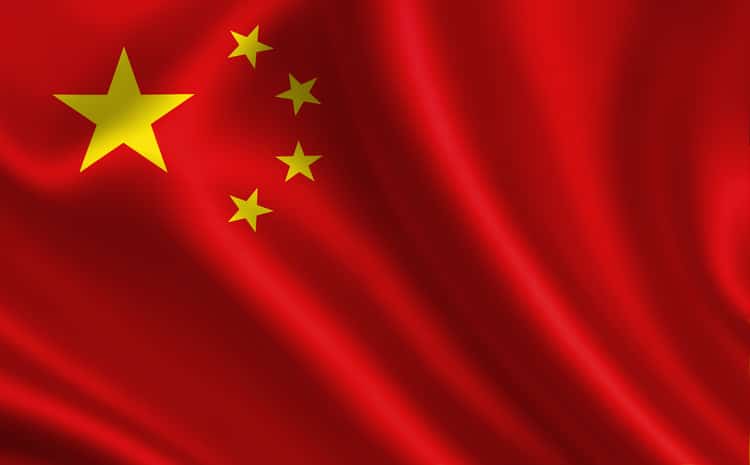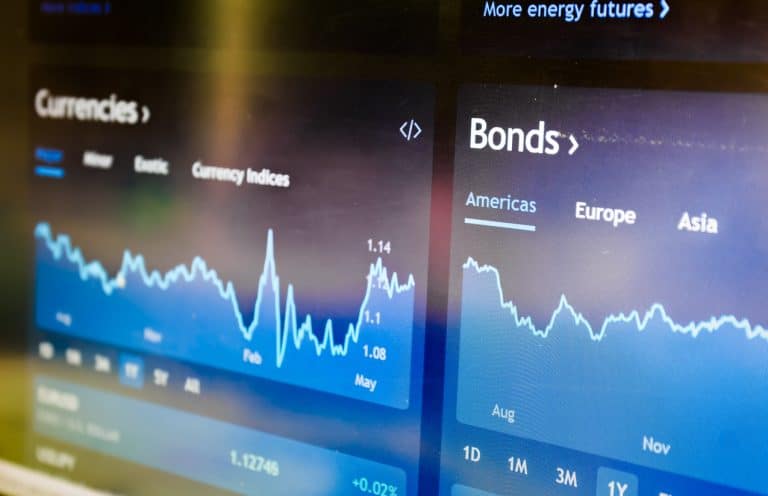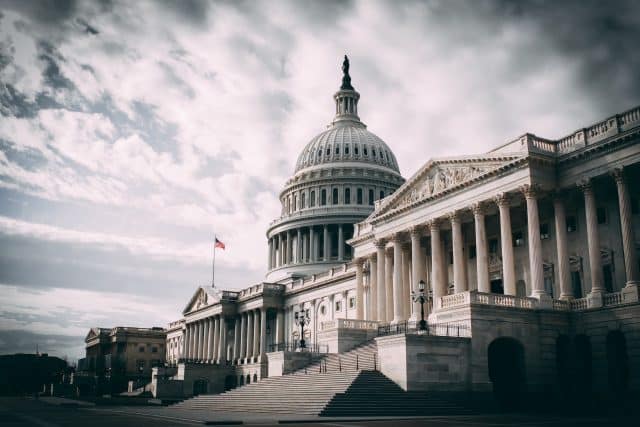In uncertain market conditions, investors often seek safer havens to protect their capital and generate consistent returns. Bonds have traditionally been the go-to for many, but with inflation rates currently outstripping interest rates, the real returns on bonds can be minimal or even negative. This scenario has led many to turn their attention to the stock market, specifically dividend-paying stocks.
The Prestige of the Dividend Aristocrat Index
The Dividend Aristocrat Index is a prestigious group, representing companies that have not only consistently paid dividends but have also increased them for a minimum of 25 years. This consistency showcases the company’s financial health, commitment to returning value to shareholders, and resilience in various market conditions. Out of the S&P 500, only 65 companies have earned this title, with some even boasting a track record of over 40 years of consistent dividend hikes.
Diversifying with Dividend ETFs
For investors who wish to tap into the potential of these dividend-paying stalwarts but want to diversify their exposure, dividend ETFs are an excellent choice. These ETFs pool together various dividend-paying stocks, offering a blend of stability and potential growth. The selection criteria for these ETFs can vary based on company size, region, industry, and dividend history.
Spotlight on Two Dividend Aristocrat ETFs
- SPDR S&P Dividend ETF (SDY)
- Index Tracked: S&P High Yield Dividend Aristocrats Index
- Criteria: Companies must have increased their dividend payments for at least 20 years.
- Performance: Up +2.23% YTD with a 5-year return of 8.39%.
- Dividend Yield: 2.54%
- Top Five Holdings (as of the last update): Exxon Mobil (XOM) 2.85%, Chevron Corp. (CVX) 2.38%, International Business Machines (IBM) 2.13%, South Jersey Industries Inc. (SJI) 1.99%, and AbbVie Inc. (ABBV) 1.96%.
- Expense Ratio: 0.35%
- More Info: SDY Official Page
- ProShares S&P 500 Dividend Aristocrats ETF (NOBL)
- Index Tracked: S&P 500 Dividend Aristocrats Index
- Criteria: Companies with a history of at least 25 years of increased dividends.
- Performance: Up +7.85% YTD with a 5-year return of 10.39%.
- Dividend Yield: 1.89%
- Top Five Holdings (as of the last update): Nucor Corp. (NUE) 2.37%, Archer Daniels Midland Co. (ADM) 2.00%, Chevron Corp. (CVX) 1.95%, AbbVie Inc. (ABBV) 1.86%, and Atmos Energy Corp. (ATO) 1.78%.
- Expense Ratio: 0.35%
- More Info: NOBL Official Page
Conclusion
Dividend ETFs, especially those tracking the Dividend Aristocrats Index, offer a compelling mix of stability and growth potential. They can be an essential part of an investor’s portfolio, especially in times when traditional safe havens like bonds may not offer the desired returns. As always, investors should conduct thorough research and consider their financial goals and risk tolerance before making investment decisions.





